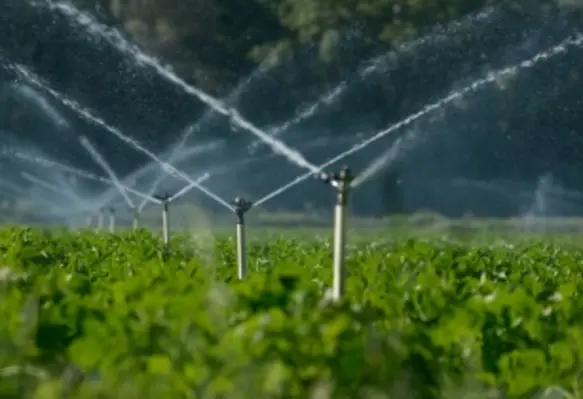As World Water Day was recognised in Asia and around the globe, CropLife Asia has marked the occasion by calling for more intensive efforts and collaborative work to drive water conservation in regional agriculture
“There is no natural resource as precious as water, and how we work together to ensure it’s conservation will play a large part in determining the future for all of us,” said Dr Siang Hee Tan, executive director of CropLife Asia.
“Food production requires far too much of this precious resource. Thankfully, plant science innovations are reducing the amount of water needed to drive agriculture. Access to these technologies and other tools that support sustainable food production with less dependence on water are critical for Asia’s farmers.”
With the recent release of new water security data as part of UNICEF’s Water Security for All initiative, the critical importance of the availability of this resource is more evident than ever. Specifically, the analysis revealed that more than 1.42 billion people worldwide live in areas of high or extremely high water vulnerability - this includes 450 million children.
The results also included troubling findings for the Asia region. In particular, South Asia is home to more than 155 million children living in areas of high or extremely high water vulnerability. This represents the largest number for this category globally.
Water remains a critical component of food production. It’s estimated that agriculture accounts for 70% of water use globally. Additionally, it requires 3,000 litres of water to produce the daily food requirements for just one person.
The innovative technologies of plant science are helping address agriculture’s dependence on water. Advancements in crop protection and plant biotechnology are better enabling farmers around the world to engage in water use efficiency. Specifically, by reducing weeds' use of moisture, herbicides are helping farmers produce higher yields with the same amount of water. Meanwhile, new plant biotech traits are being added to crops such as corn, rice and cotton that help crops use less water and even improve productivity during periods of drought.





